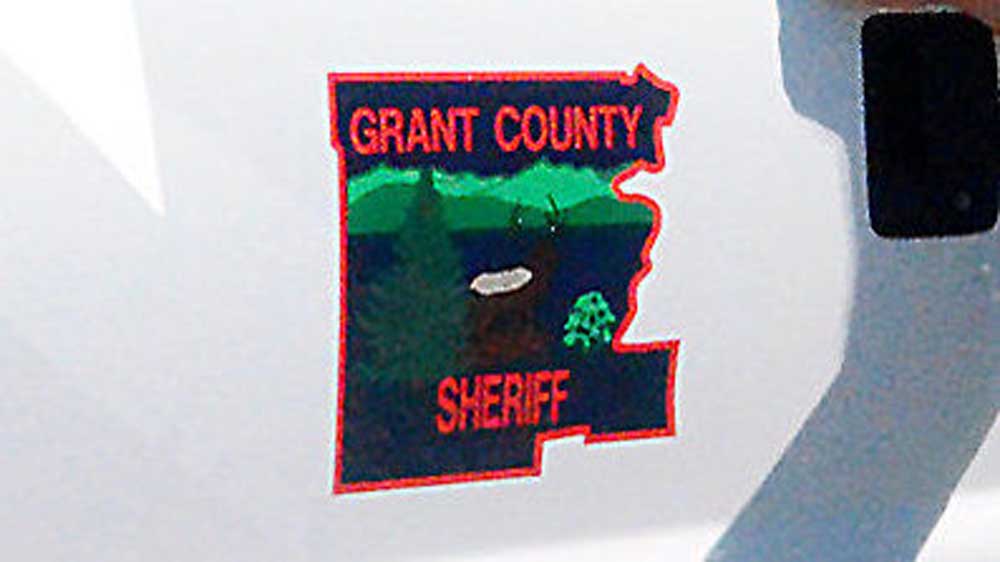Evolutionof Haydn’s ‘Creation’
Published 5:00 pm Wednesday, March 19, 2014
On a scale of 1 to 10, Eugene Symphony conductor Danail Rachev is almost off the chart when it comes to enthusiasm for today’s concert.
And that should bode well for this evening’s performance by the orchestra, the symphony chorus under the direction of Sharon Paul and three guest soloists: soprano Sydney Mancasola, tenor David Portillo and baritone Philip Cutlip.
As far as that goes, the only composer on the program, Franz Joseph Haydn, apparently was equally keen on his new work when he composed the nearly two-hour piece, an epic oratorio known colloquially as “The Creation.”
Admittedly, Wikipedia didn’t exist in 1796-98, when Haydn was crafting his creation. But the website claims the composer got down on his knees every night “and begged God to give me the strength to finish the work,” in the sense that it was both arduous and enthralling.
Nothing else Haydn ever wrote — and that includes more than 100 symphonies, 80-plus string quartets, another 100 piano pieces, and more than a dozen Masses and two dozen operas — took nearly so long to compose or has stood the test of time better.
“It’s probably one of the greatest pieces of music ever written,” Rachev said. “Of all the big oratorio pieces, this is the one.”
That’s pretty high praise. And he’s thrilled to bring it to the Hult Center stage for another reason.
“I have never directed the whole thing before,” Rachev said. “This piece is beloved by audiences everywhere.
“I think people have been waiting for it.”
As might be guessed from the title, and from the religiosity common in classical music at the end of the 18th century, “The Creation” is the story of the biblical first six days of the world, stopping just short of God’s proverbial day of rest on the seventh.
It begins with Haydn’s musical version of pre-creation “chaos” and quickly moves to “in the beginning,” which opens the biblical first book of Genesis.
It goes on through 34 musical “chapters,” each just a few minutes long, with themes such as “and God said,” “rolling in foaming billows” and “with verdure clad.”
By all accounts, one of the most striking moments comes with the creation of light.
As described by people who saw the work when it premiered in Vienna 215 years and one day ago, the coming of light was portrayed by a soft pizzicato on strings followed by an ear-splitting C-major chord.
As one of Haydn’s friends described it at the time, “At that moment when light broke out for the first time, one would have said that rays darted from the composer’s burning eyes.
“The enchantment of the electrified Viennese was so general that the orchestra could not proceed for some minutes.”
Sharon Paul, who directs the Eugene Symphony Chorus, agrees that, “It is a moment that is completely unexpected. It is a very striking moment.”
The visceral reaction of the audience probably was understandable, “especially in that time when everyone was a creationist,” Paul said. “It must have been a very emotional experience.”
Talk from the animals
But there are also some more playful moments in “The Creation.” One comes about an hour into the performance, when God creates the animals and Haydn creates a “tone painting” to introduce each one before the solo baritone introduces them in words.
The orchestra creates a roar for the lion, a bounding flourish for the stag and a gentle pastoral passage for the cattle and sheep. Even the insects and worms get their particular introduction.
Despite it being one work, there will be an intermission.
“The body needs a rest,” Rachev said, no doubt thinking about conductor and musicians as much as the audience.
“I assume the original performances may have had two intermissions, because the oratorio was written in three distinct parts.”
Although the libretto for “The Creation” was first written in English — it was given to Haydn as he departed Britain after several years spent in London — it soon was translated into German so he could work with the words in his first language.
Later, it was retranslated into English. The result was so cumbersome in many cases that many performances are given in German even to English-speaking audiences.
That will be the case tonight, Rachev said.
“The English text can be a little awkward, and I like the sound of the German,” he said. “Besides, when it’s being sung with the orchestra, it’s hard to understand what the singers are saying. So it’s really necessary to use super titles anyway, so it doesn’t really matter.”
It’s taken months to prepare the work, “reading it from beginning to end, over and over and getting to know the music,” he said.
“Gradually, it becomes easier and faster, and then it becomes possible to work with the whole span of the piece. Now I can hear all the parts in my head — that takes time.
“It’s a “wonderful, wonderful piece of music. I hope it will be a great event.
“It definitely is exciting for me, and I hope it will be the same for the performers and the audience.”
Follow Randi on Twitter @BjornstadRandi. Email randi.bjornstad@registerguard.com.





